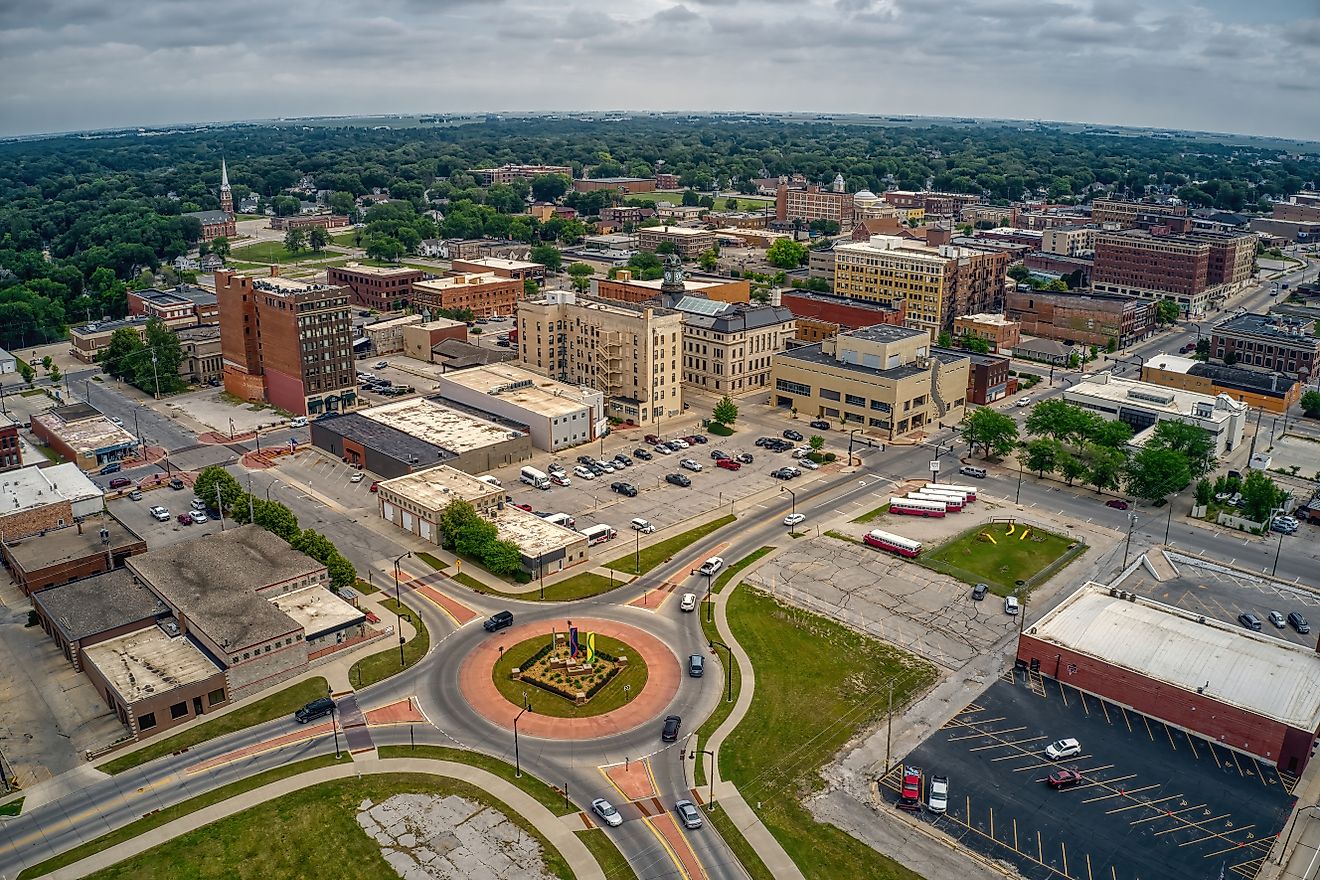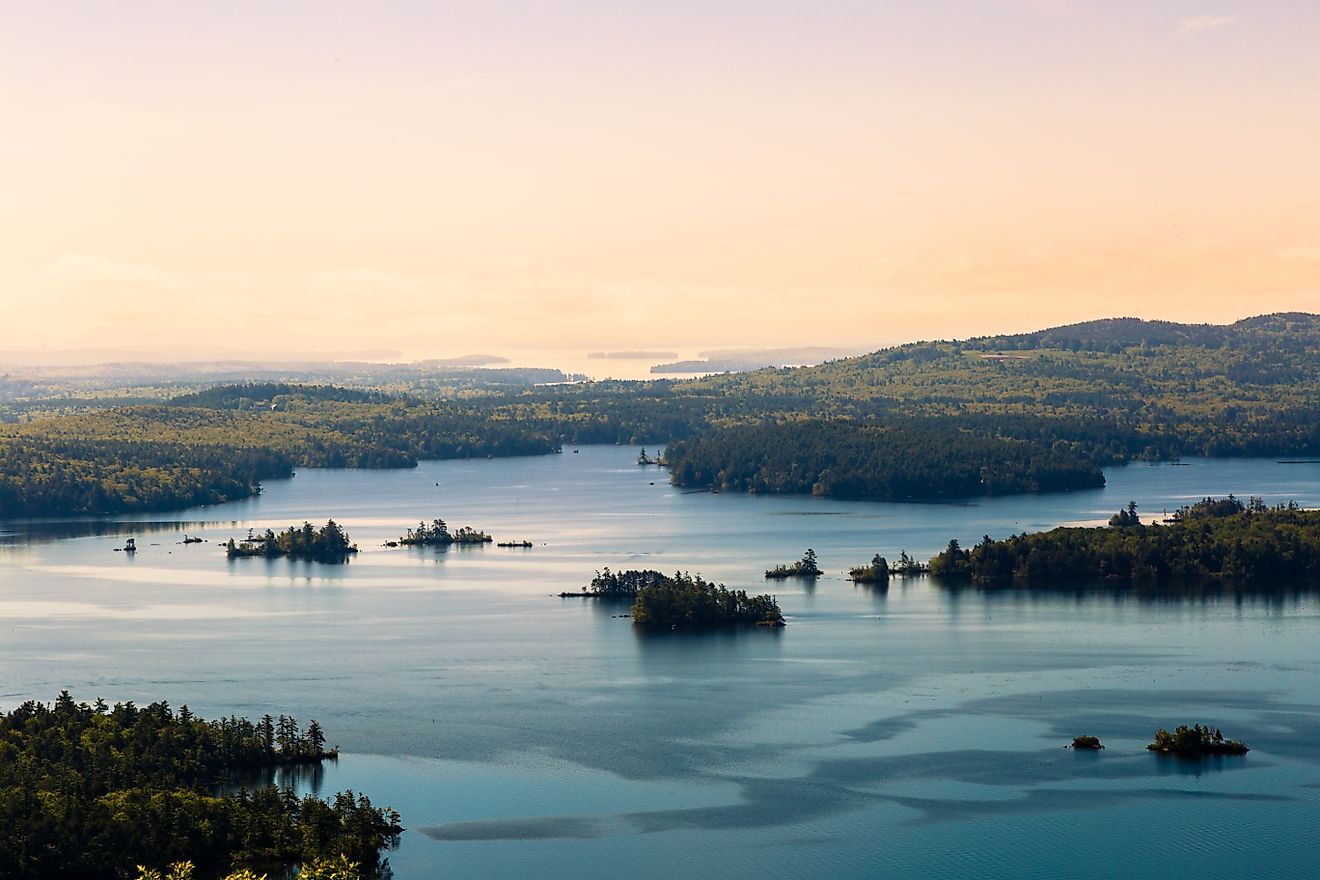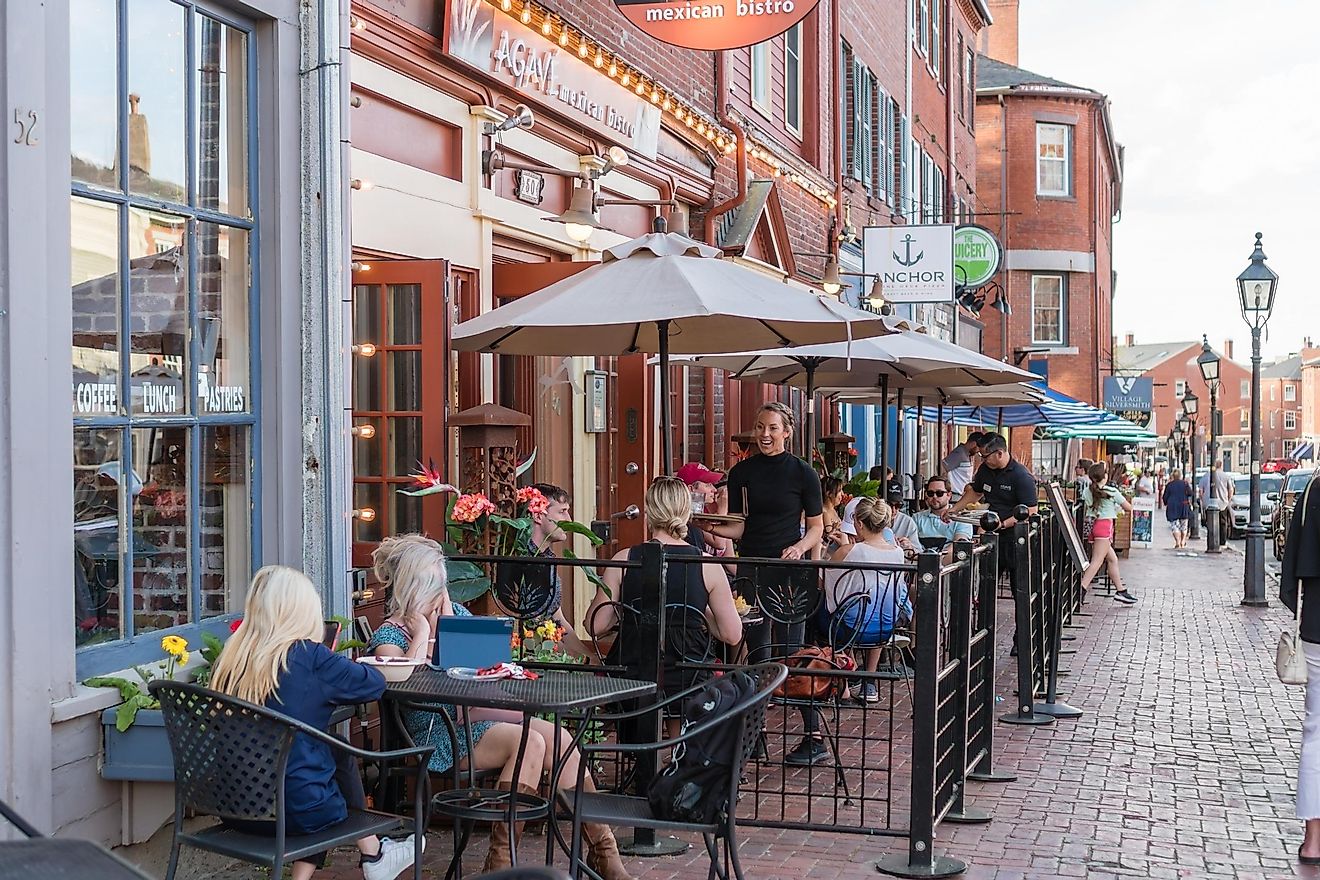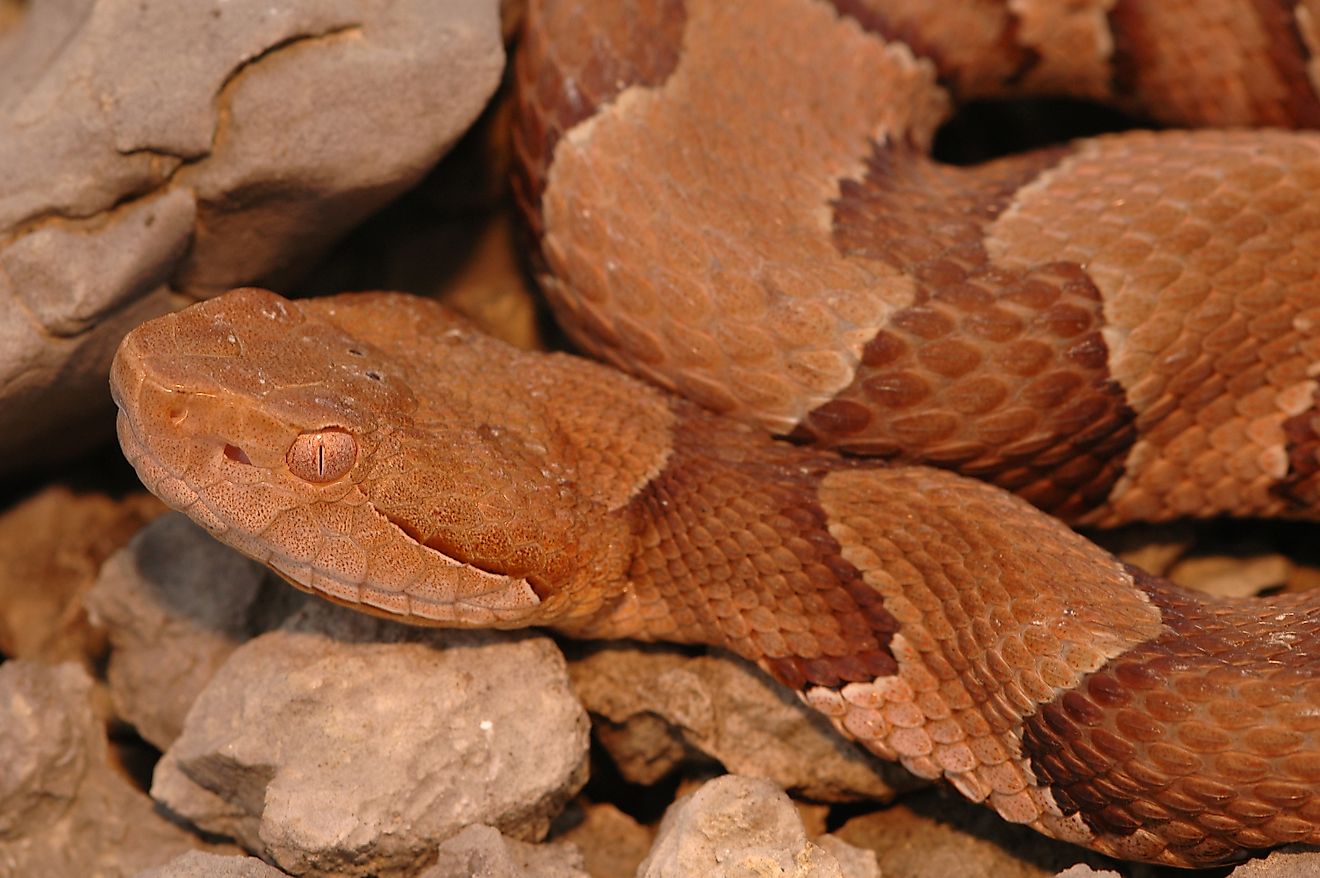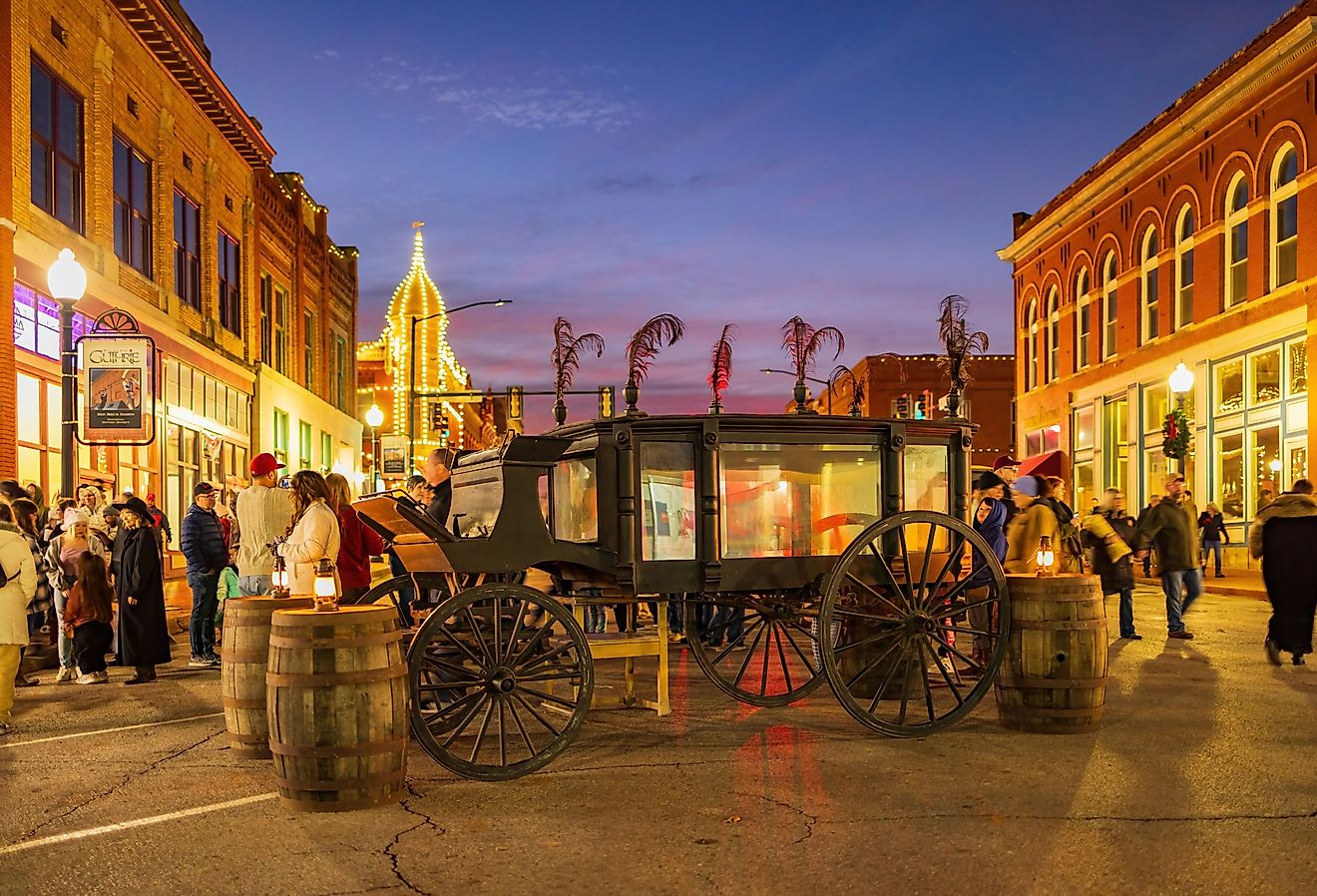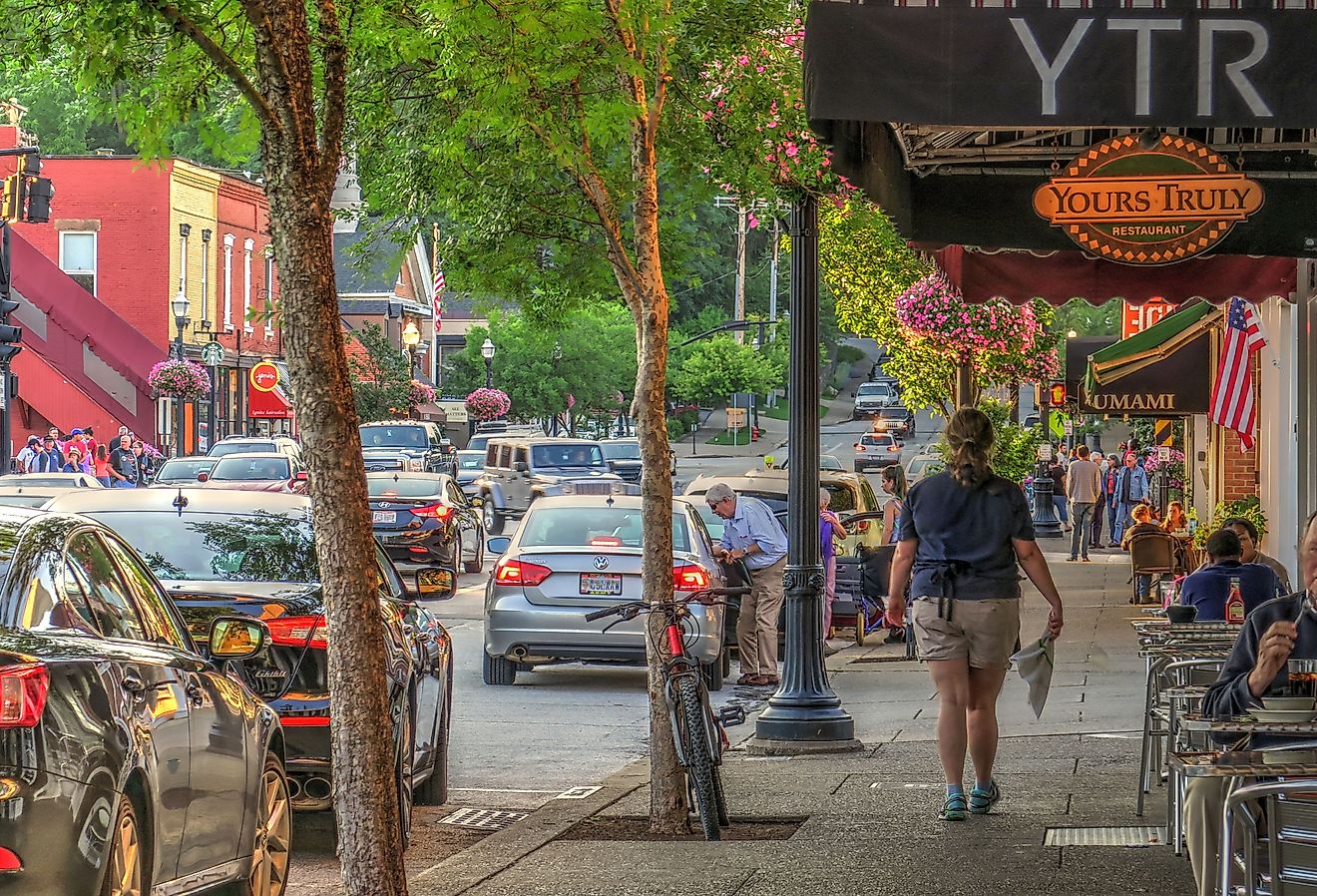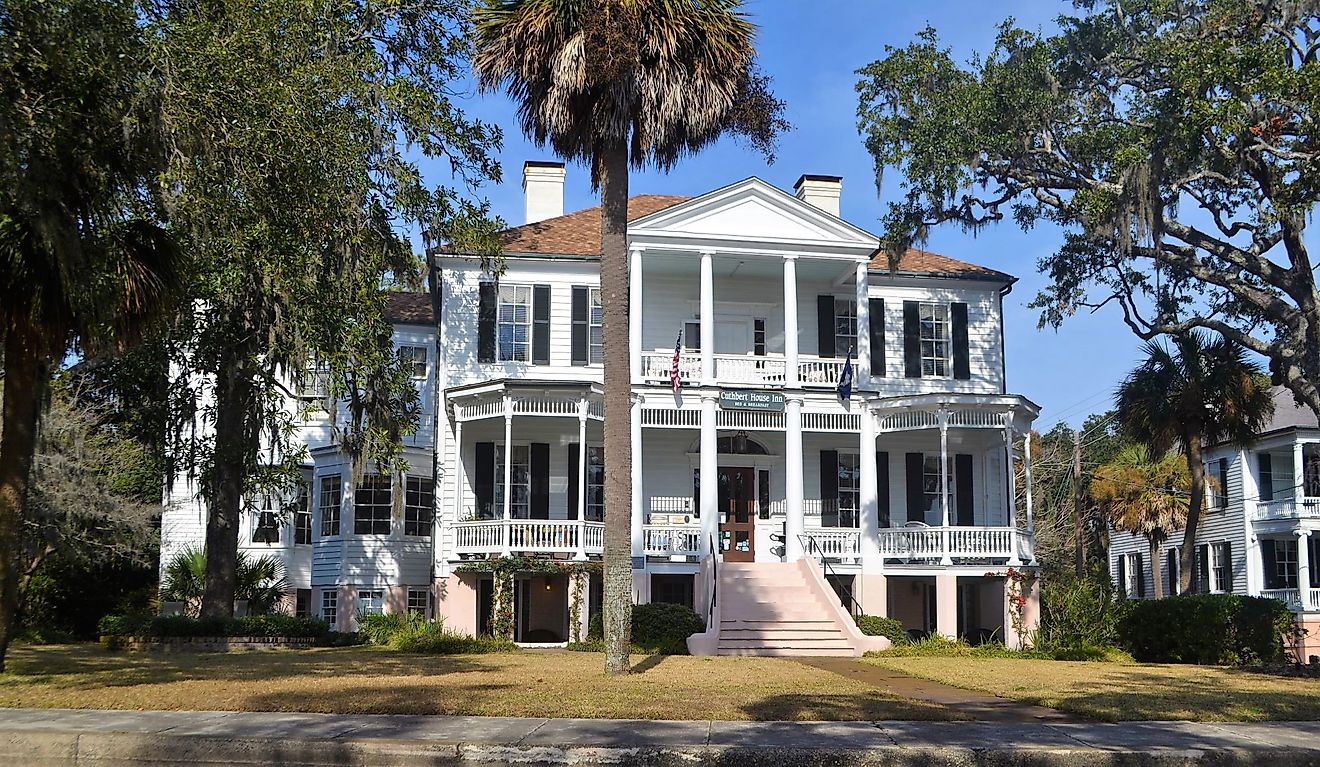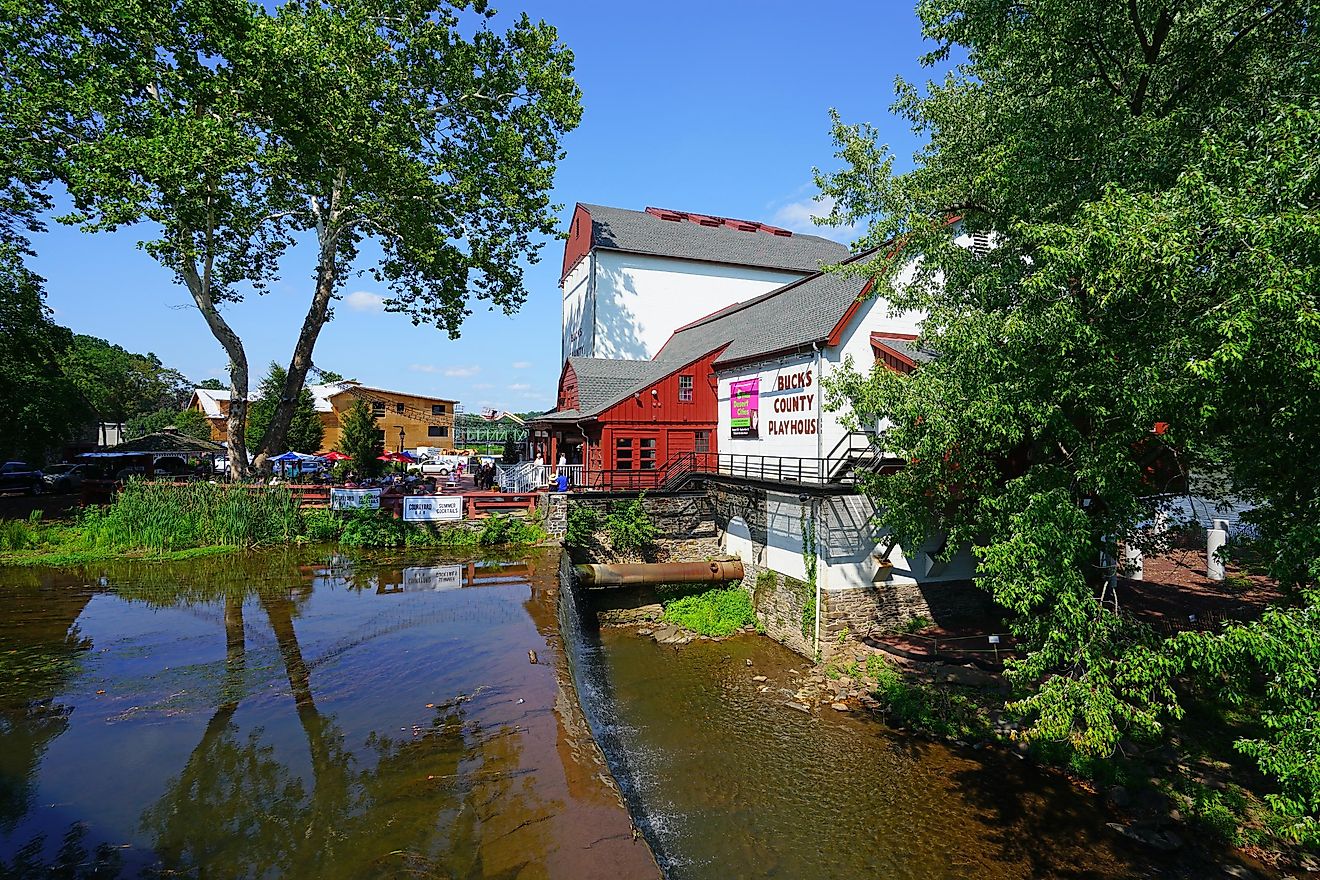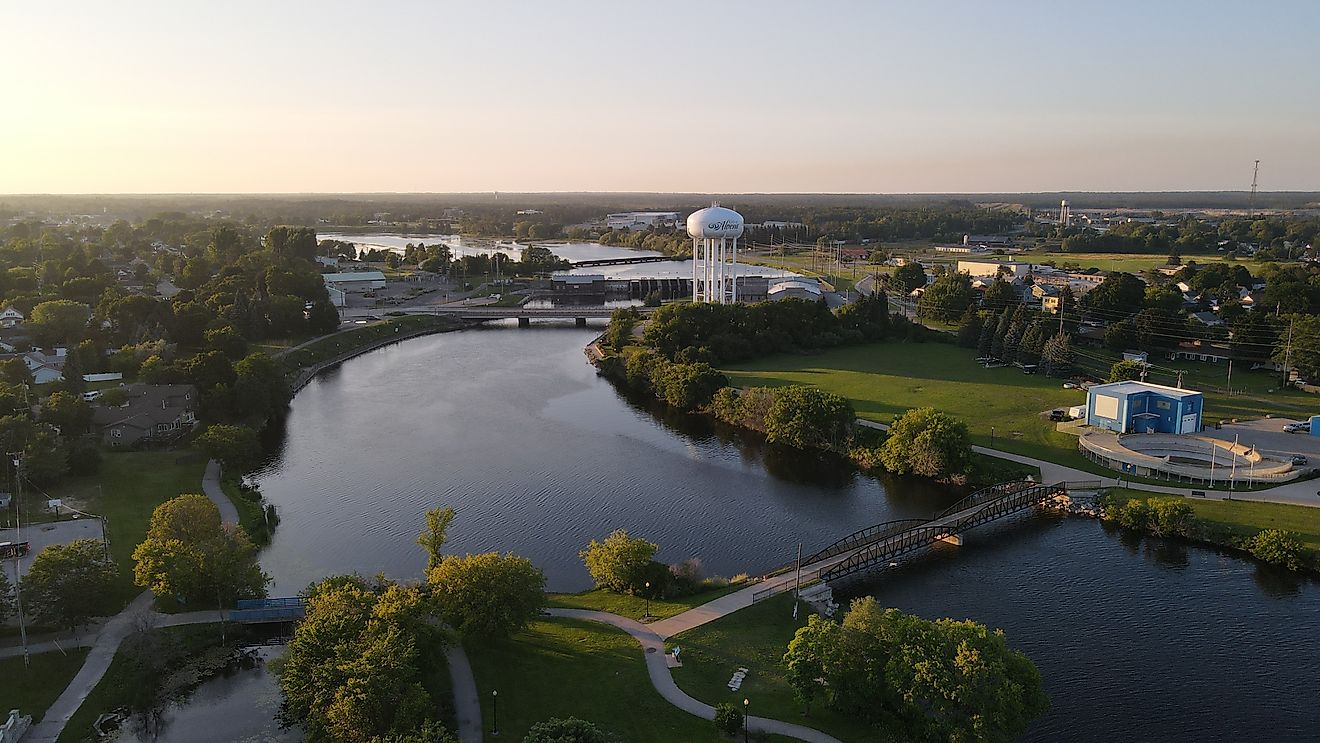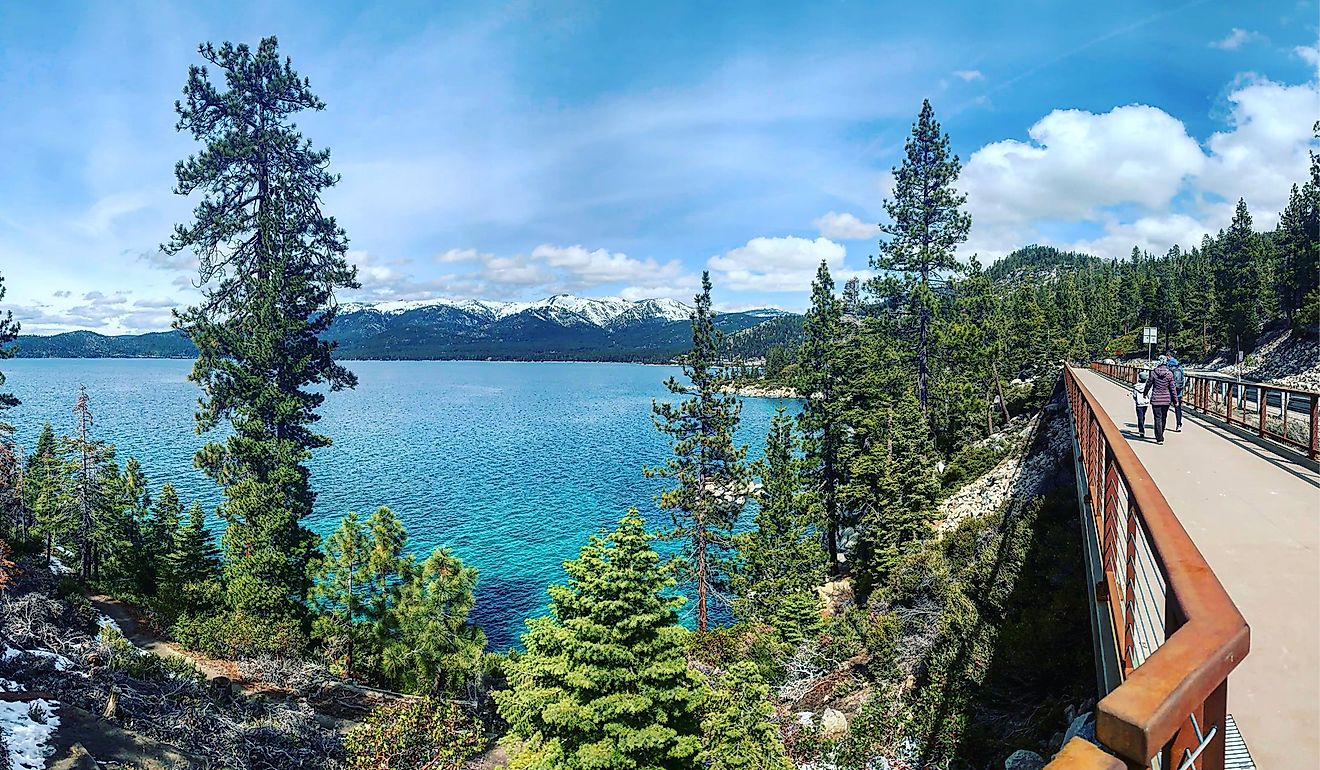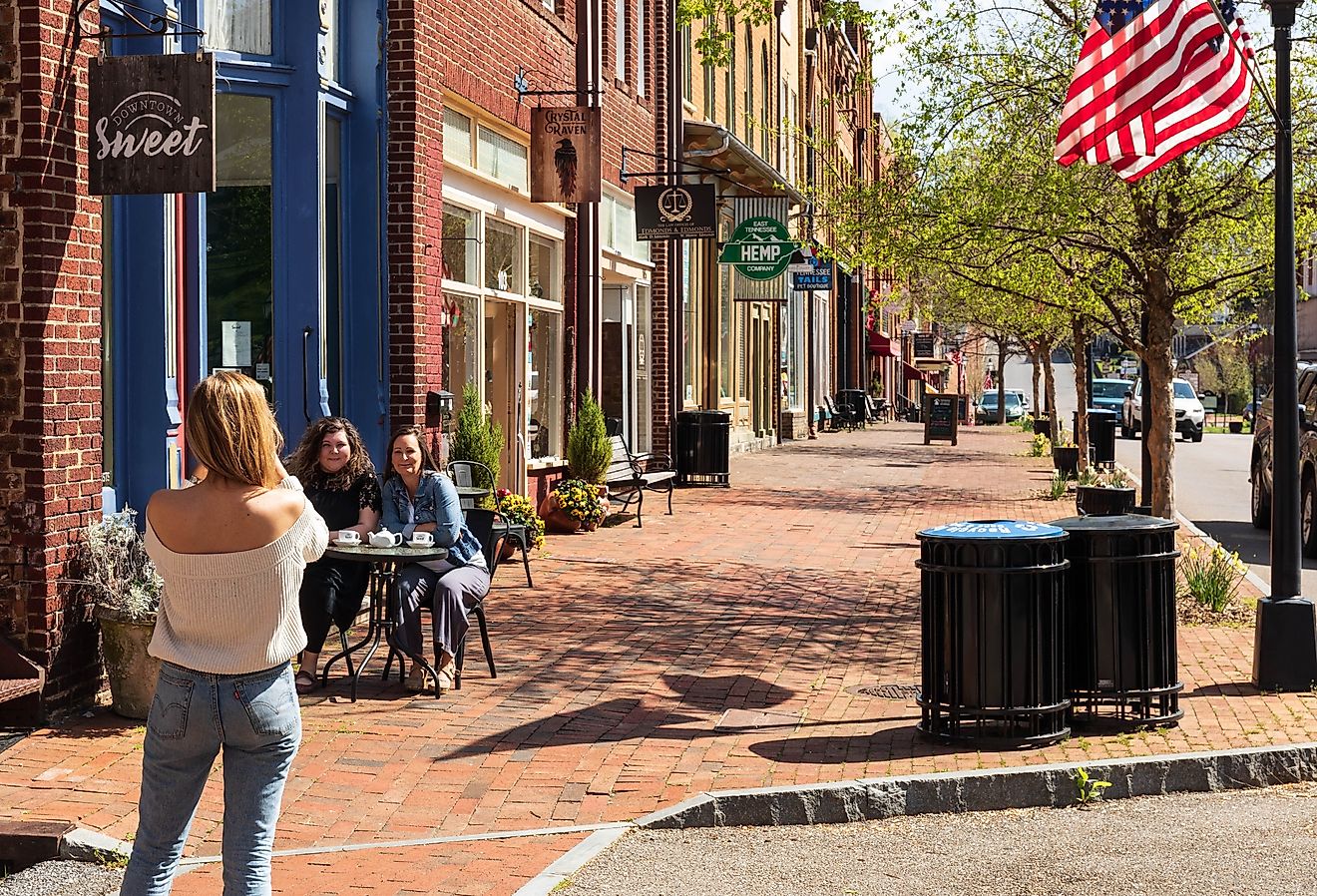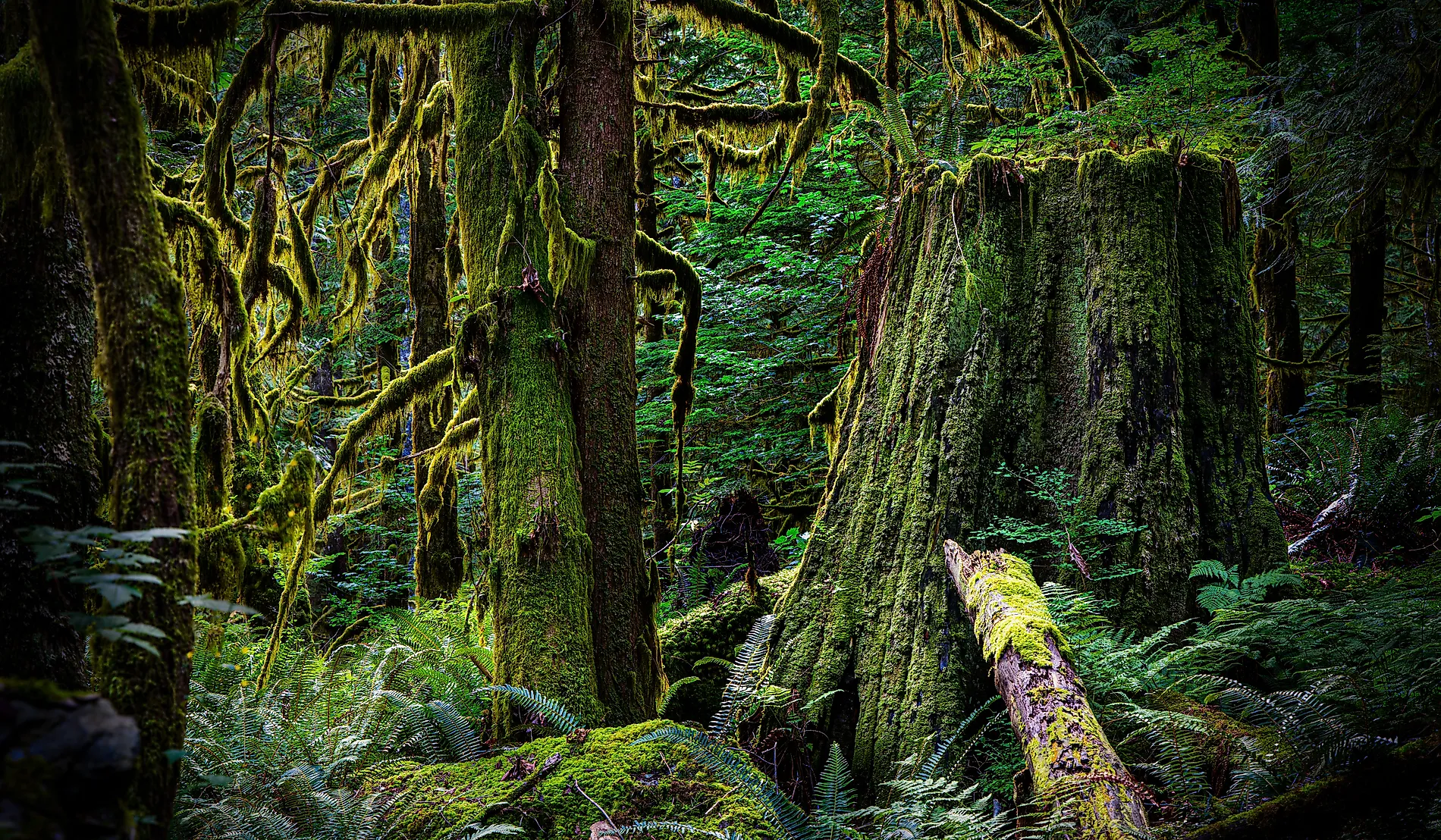
Old-Growth Forests
Old-growth forests (also called primary/virgin forests) are ecosystems that have attained full growth without significant interferences. These ecosystems are dominated by large old trees of mixed species and ages. Old-growth forests are naturally regenerated, so the ecological processes remain undisturbed. Currently, the world has 11.1 million km2 of old-growth forests remaining with 61% found in Canada, Brazil, and Russia.
Contents:
- Where Are Old-Growth Forests Found?
- Characteristics
- Importance Of Old-Growth Forests
- Wildlife
- Threats, Management And Conservation
Where Are Old-Growth Forests Found?
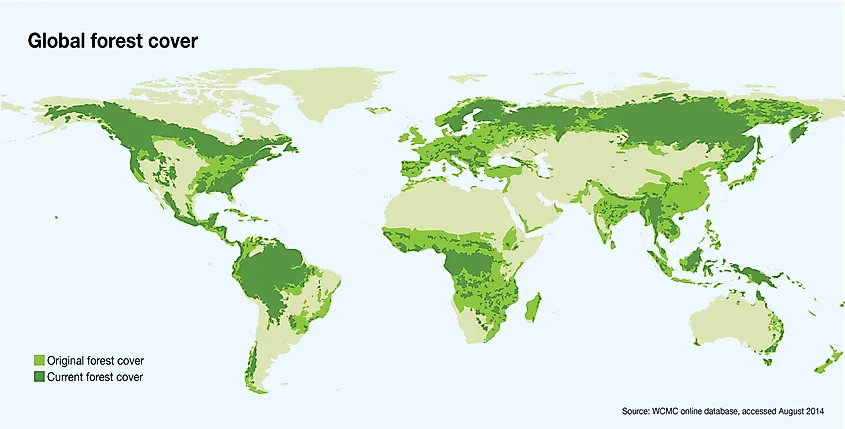
In 2009 only 21% of the original old-growth forests that were spread across the world were remaining. Of these intact landscapes, 35% is found in South America in the Amazon rainforest in Brazil; 28% in North America, particularly Canada and Alaska; and 19% in North Asia, which is home to the largest boreal forest in the world. 8% is found in Africa with the timber industry and local governments responsible for most of the destruction of these forests on the continent. South Asia Pacific comprises 7% of the remaining virgin forests, but Paradise Forests in this region are being destroyed at the highest rate compared to any other ecosystem in the world. Europe has less than 3% of the world's remaining primary forests, and more than 150 km2 is cleared every year.
Characteristics
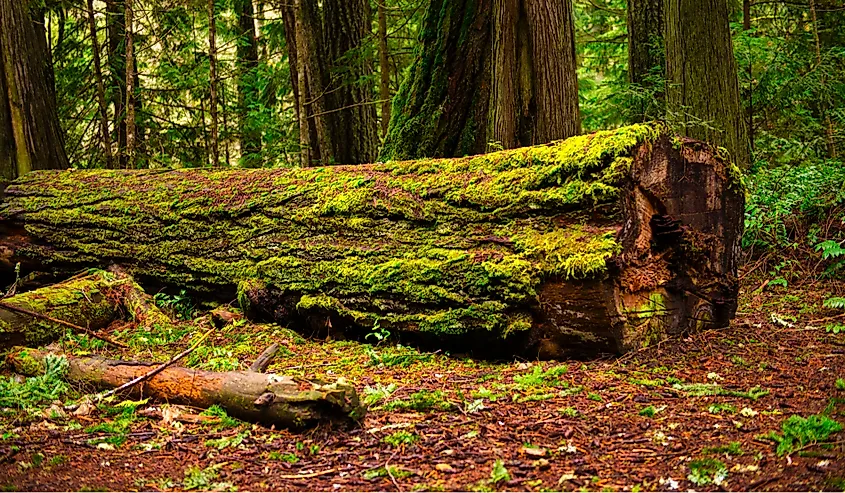
Old-growth forests are an ecosystem dominated by trees of great age occurring within a mixed-species community with an uneven-aged population structure. Douglas firs, which dominate many old forests in Canada and the US, live up to over 200 years old and reach heights over 45 m (150 ft) in length and 1.2 m (4 ft) in diameter. These forests have a complex physical structure and comprise multiple horizontal layers, gaps of foliage within the canopies, larges standing dead trees, and logs lying on the forest ground. The fallen timber debris contributes carbon-rich organic matter directly to the soil, providing nutrients for the growth of mosses and fungi. In temperate rainforests, fallen trees become nurse logs providing a substrate for seedling trees.
The topography of old-growth forests consists of pits and mounds. Mounds are formed by decaying trees on the forest floor while pits are formed by fallen trees. These pits expose mineral-rich soils to the surface, allowing them to collect moisture and fallen leaves which creates a thick organic layer that supports different organisms. Many of the trees in these ecosystems require well-structured soils free of any disturbances to thrive. Herbaceous plants in northern hardwood forests must have a thick stiff layer that is formed by the soil structure.
For old-growth forests to develop, a long period must exist between disturbance events that are severe enough to have a significant impact on the mortality of the dominant trees. This means that these forests will only exist where catastrophes, whether natural or manmade including fires and hurricanes, are rare.
Importance Of Old-Growth Forests
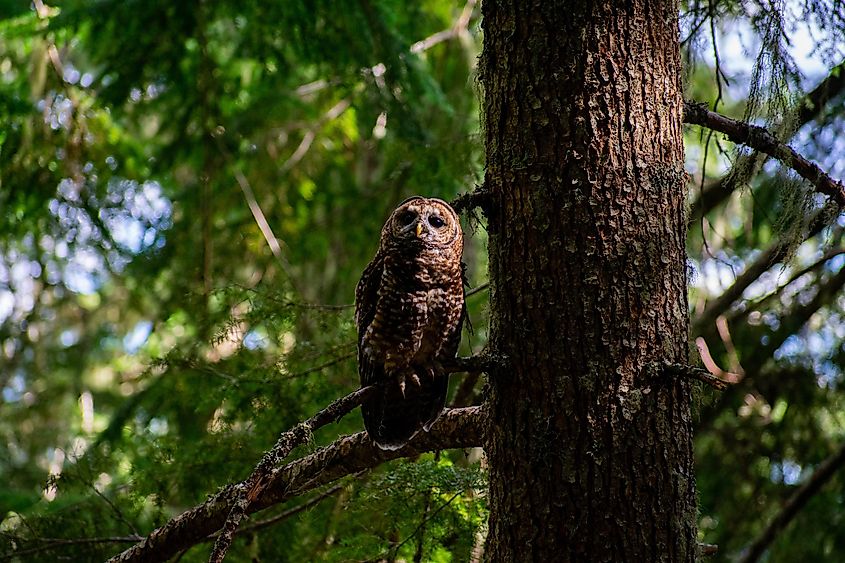
Standing snags, which are upright dead or dying trees, provide a food source and a home for different organisms in the old-growth forest. Dead-wood predators including woodpeckers survive on snags while the spotted owl relies on snags for nesting and breeding. Old-growth forests are often very diverse and house rare or threatened species that rely on these habitats to survive. Because of this biodiversity, these forests can act as a reservoir of sorts for plant species that cannot grow or regenerate as well in younger forests. Many of the endemic species in these forests might also prove to be valuable in curing various human ailments and can therefore be used in the pharmaceutical industry.
With the long periods of stability experienced in old-growth forests, large amounts of carbon are stored below the ground in the form of humus or peat. Destruction of these forests releases carbon as a greenhouse gas, increasing the risk of global warming.
Wildlife
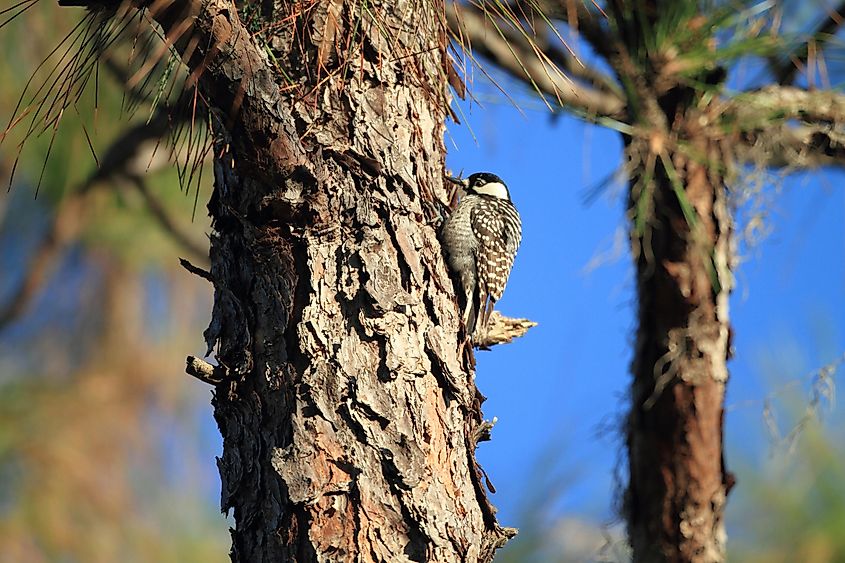
Old-growth forests are biodiversity hotspots home to many rare, threatened, and endangered species of flora and fauna. Levels of diversity may be higher or lower in old-growth forests compared to regenerated secondary forests. The northern spotted owl, a non-migratory bird from northwestern United States and southwestern Canada, is dominant in old-growth forests where there are moist-to-wet conifers. Each breeding pair of this bird requires over 600 ha of old growths while each breeding population requires at least 20 pairs to be viable.
The red-cockaded woodpecker is indigenous to old-growth forests in the southeastern United States. This bird excavates nesting cavities in large, living trees with fungal heart rot to provide a nesting habitat for the young, the mother, and the non-breeding adult birds that assist breeders in brood-rearing. These cavities become home to other microorganisms once the birds move to new habitats. The logging of old-growth forests has caused a tremendous decline of the woodpeckers as their natural habitats are destroyed.
Threats, Management And Conservation
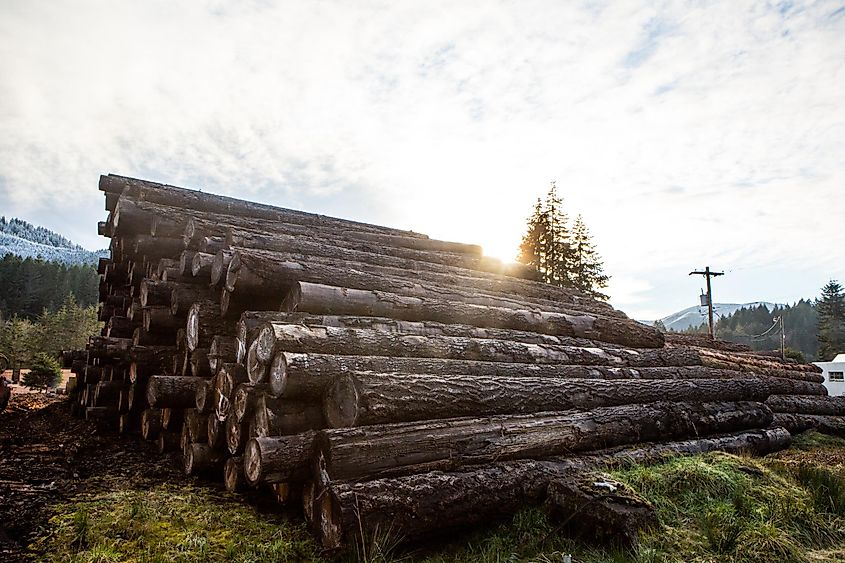
Old-growth forests face the same challenge as any other forests such as natural and human disturbances including logging, storms, and diseases. In the US alone, 90% of the forests that existed in the 1600s were destroyed to support the timber industry as well as pave way for agriculture and human settlement. Climatic change in the recent centuries has affected the mortality of old-growth tree species and the difficulty in replacing these forests has led to their rapid decline across the world.
Proponents of saving old forests claim that these forests are dynamic and although they eventually die and rot, they are returned to the ecosystem to support new growth of secondary forests, foster biological diversity, and preserve genetic linkages. Protecting and retaining individual old trees and downed logs help mature forests develop old-growth characteristics. The management of these forests has been a contentious debate with the logging industry desiring to harvest mature trees for valuable timber as well as create room for the regeneration of new trees.
